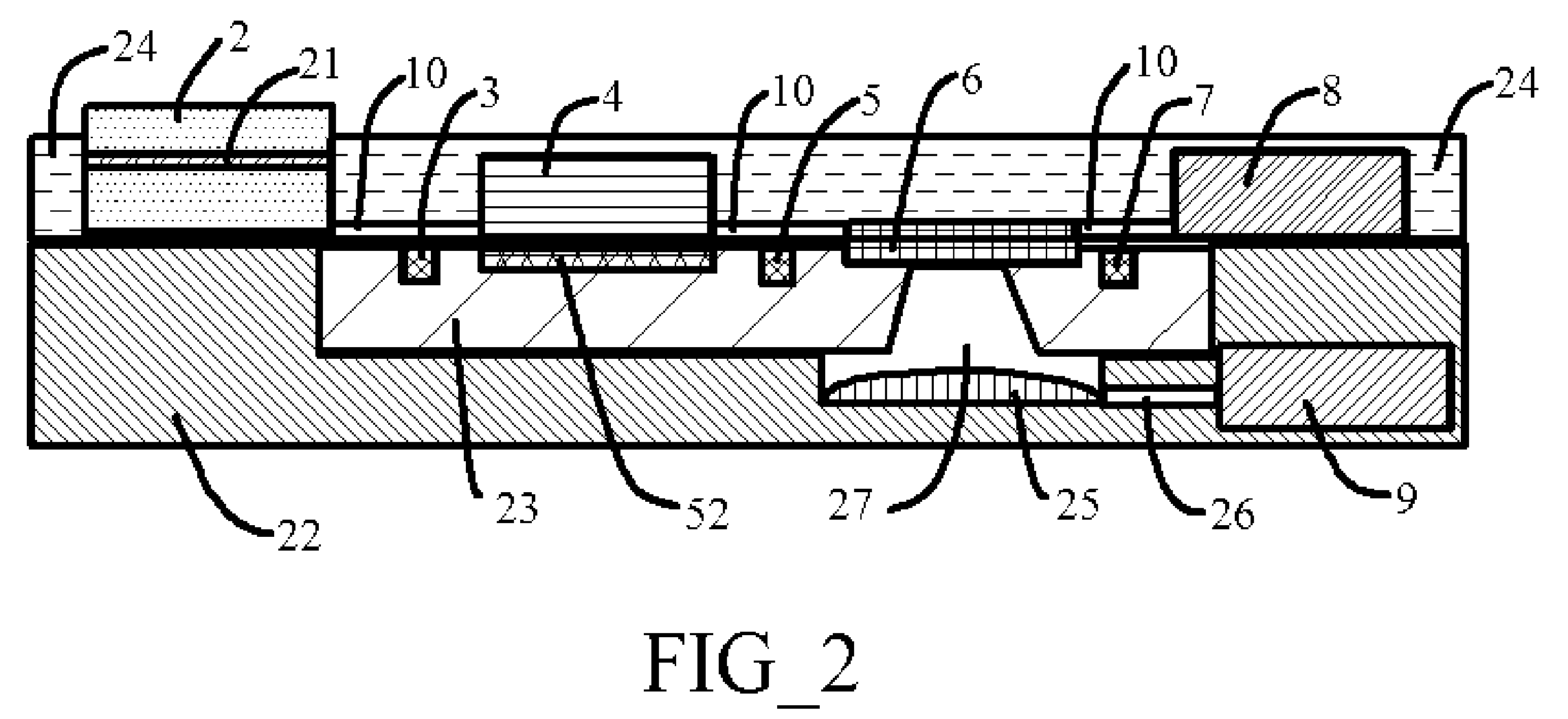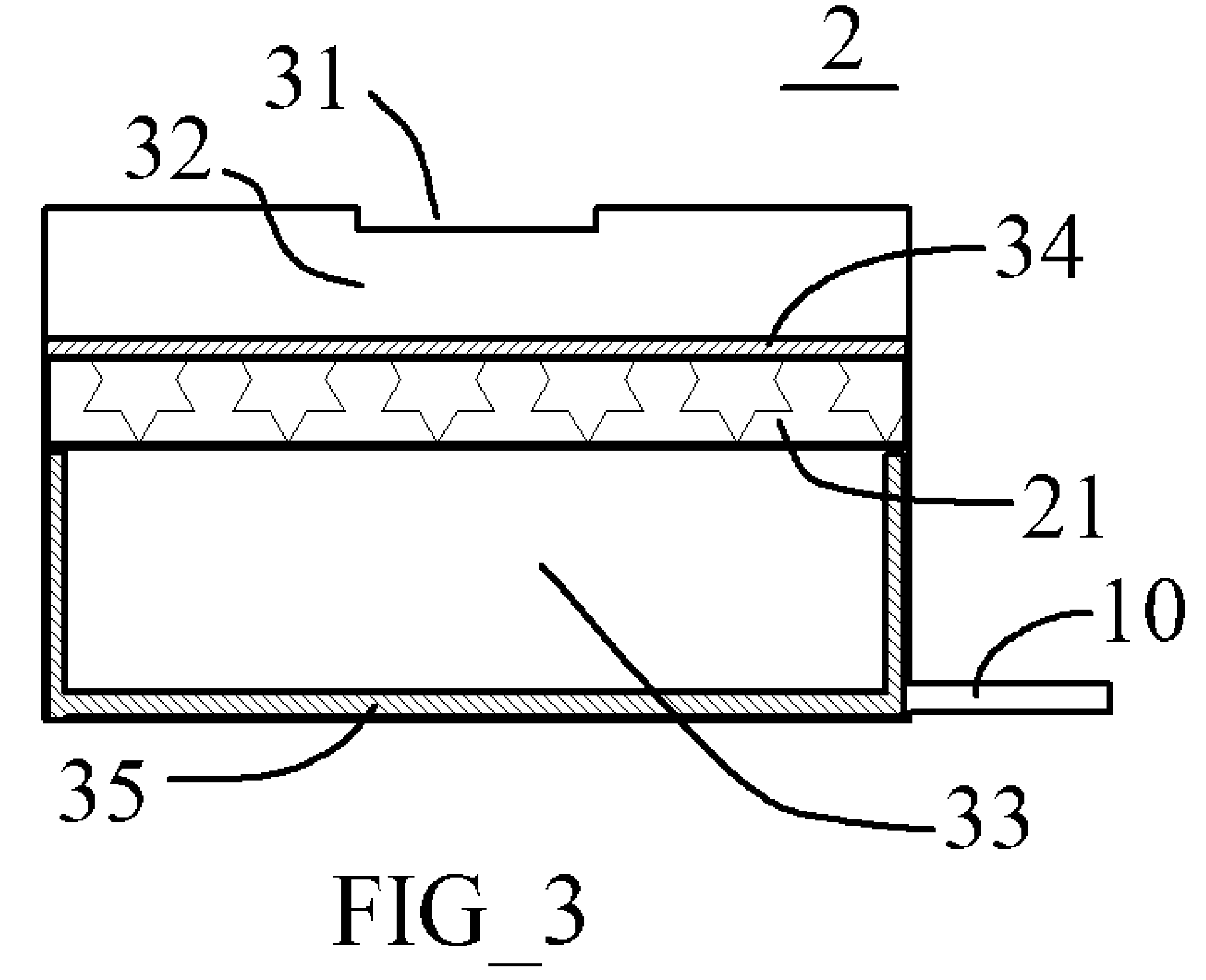Micromachined diagnostic device with controlled flow of fluid and reaction
a micromachined diagnostic device and fluid flow technology, applied in measurement devices, instruments, scientific instruments, etc., can solve the problems of affecting the conversion of the binding event into a measurable signal, limiting the specificity and applicability of quantitative immunoassays, and laborious and time-consuming traditional immunoassay methods utilizing microtiter-plate formats, dipsticks, etc., and achieves the effect of increasing the binding ra
- Summary
- Abstract
- Description
- Claims
- Application Information
AI Technical Summary
Benefits of technology
Problems solved by technology
Method used
Image
Examples
Embodiment Construction
[0033]Temperature, incubation time, reagent and analyte concentration, kinetics, and washing quality are five key parameters affecting the performance of immunoassays. For micro- and nanoscale immunoassay systems, as the size decreases, so does the volume. At very small scales, surface tension becomes the dominant force while inertia is insignificant. As a result, the surface tension effects of the materials that come into contact with sample and reagents become very important. In aqueous biological fluids such as blood, urine, and sputum, additional intermolecular attractive forces create higher surface tension and increase viscosity. The variation of surface tension force with different sample fluid and / or reagent presents a significant challenge to the fluid / reaction mixture movement in the micro- and nano-scale immunoassays system.
[0034]The electroosmosis also presents another challenge to the micro- and nano-scale immunoassays systems. Samples and reagents contain ions that wil...
PUM
| Property | Measurement | Unit |
|---|---|---|
| contact angle | aaaaa | aaaaa |
| transparent | aaaaa | aaaaa |
| structure | aaaaa | aaaaa |
Abstract
Description
Claims
Application Information
 Login to View More
Login to View More - R&D
- Intellectual Property
- Life Sciences
- Materials
- Tech Scout
- Unparalleled Data Quality
- Higher Quality Content
- 60% Fewer Hallucinations
Browse by: Latest US Patents, China's latest patents, Technical Efficacy Thesaurus, Application Domain, Technology Topic, Popular Technical Reports.
© 2025 PatSnap. All rights reserved.Legal|Privacy policy|Modern Slavery Act Transparency Statement|Sitemap|About US| Contact US: help@patsnap.com



